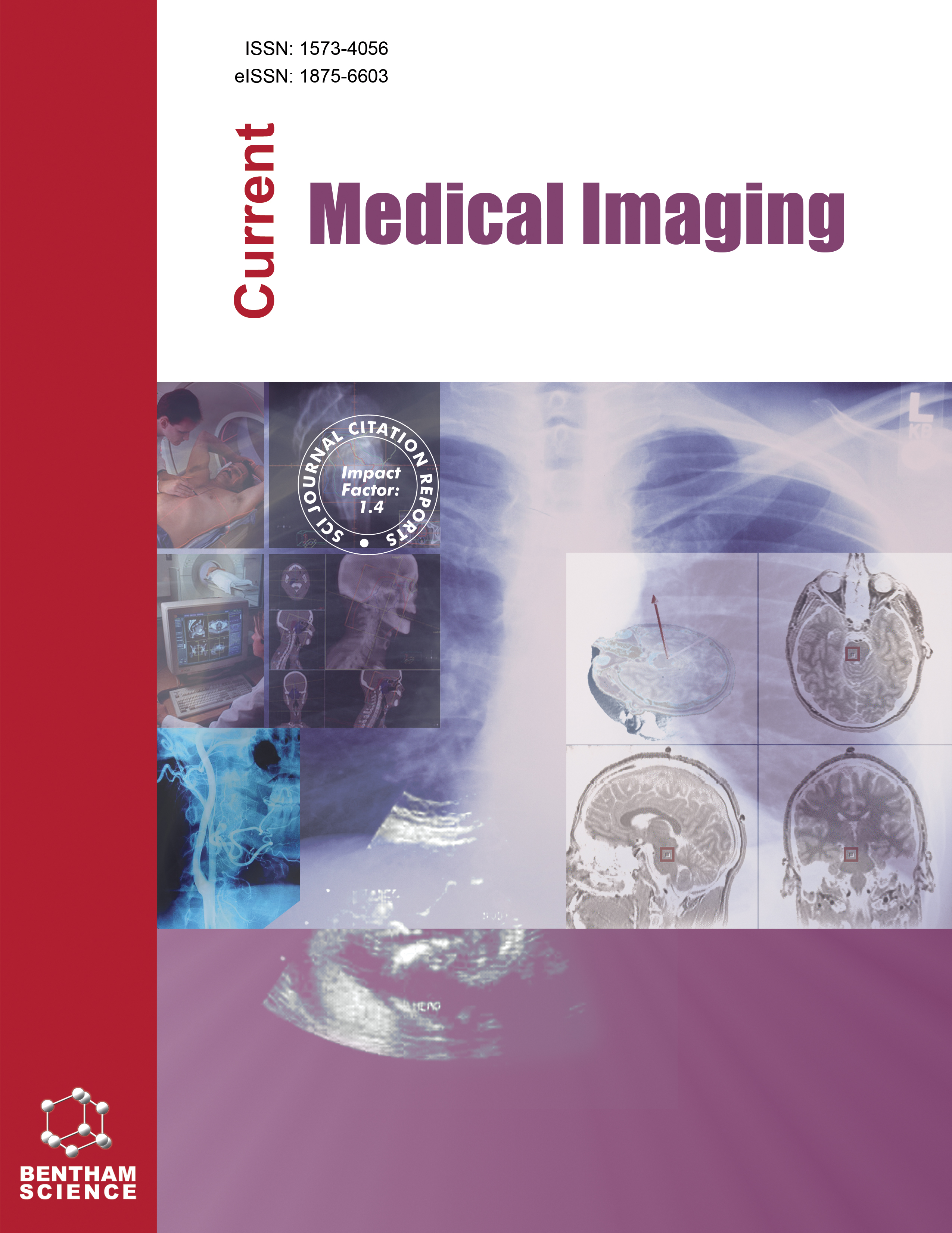-
oa Optimizing Prostate Imaging Practices in Saudi Arabian Hospitals: A Comprehensive Analysis of PI-RADS Compliance in Multiparametric MRI
- Source: Current Medical Imaging, Volume 20, Issue 1, Jan 2024, e15734056318591
-
- 02 May 2024
- 26 Jun 2024
- 01 Jan 2024
Abstract
Prostate cancer, a significant contributor to male cancer mortality globally, demands improved diagnostic strategies. In Saudi Arabia, where the incidence is expected to double, this study assessed the compliance of multiparametric MRI (mpMRI) practices with Prostate Imaging-Reporting and Data System version 2 (PI-RADS v2) guidelines across diverse healthcare institutions.
A survey was distributed to the radiology departments of all tertiary referral hospitals in Saudi Arabia (n=60) to assess their compliance with the technical specifications outlined in PI-RADS v2. Statistical analysis included chi-square, Fisher exact, ANOVA, and Student t-tests to examine the collected data;
The study revealed an overall commendable compliance rate of 95.23%. However, significant variations were observed in technical parameters, particularly between 1.5 Tesla and 3 Tesla scanners and tertiary versus non-tertiary hospitals. Notable adherence in certain sequences contrasted with discrepancies in T2-weighted and diffusion-weighted imaging parameters;
These findings underscore the need for nuanced approaches to optimize prostate imaging protocols, considering field strength and institutional differences. The study contributes to the ongoing refinement of standardized mpMRI practices, aiming to enhance diagnostic accuracy and improve clinical outcomes in prostate cancer.


